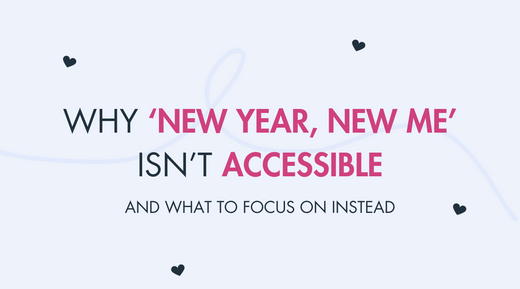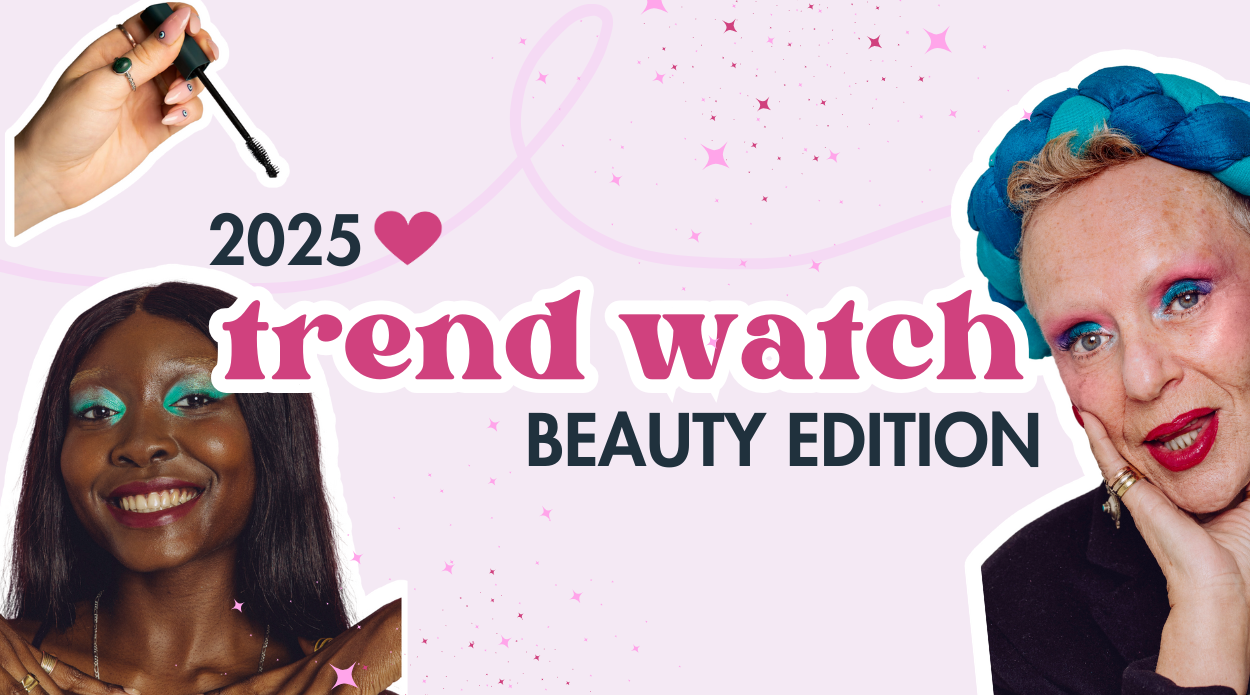Halloween is one of our favourite times of the year, but it’s time to talk about something that has been damaging the disabled community for years: ableist costumes.
While most people are aware of the harm caused by cultural appropriation, there’s still a lack of understanding and awareness surrounding the damage caused by ableist costumes.
Let’s explore how ableist costumes can cause harm and the ways we can work together to create a more inclusive Halloween.

The Harm of Ableist Halloween Costumes
These costumes do more than just offend; they dehumanise, degrade, and mock disabled people. When someone chooses an ableist costume, they are also choosing to reinforce harmful stereotypes surrounding disability, trivialising the lived experiences of millions.
We are not costumes - this is our reality. We deserve respect, not ridicule.
Here are some of the ways that ableist costumes cause damage:
Reinforcing Negative Stereotypes
When disabled people are portrayed as scary, dangerous, or pitiful, it reinforces negative stereotypes that already exist in society. This can influence the way people think about disability in everyday life, leading to more discriminatory attitudes and behaviours. Ableist costumes keep these harmful narratives alive, reinforcing the idea that disabled people are “others” to be feared or mocked.
Impact on Mental Health
For disabled people who already experience stigma, seeing their reality mocked can be deeply upsetting and triggering. It’s not just hurt feelings, it’s a painful reminder that our daily experiences are seen as nothing more than entertainment or something to be ridiculed. This contributes to feelings of exclusion and alienation.
Influence on Society
The effects of these costumes extend beyond Halloween. They perpetuate ableist attitudes in everyday life, affecting how disabled people are treated, represented, and valued in society. Ableist costumes spread and normalise damaging attitudes that exist all year round.
Common Examples of Ableist Costumes
Ableist costumes mock, mimic, or exaggerate disabilities or medical conditions, reducing real experiences into something ‘scary’ or a punchline. They trivialise and misrepresent what it means to live with a disability.
It’s true that some people may not even realise their costume is ableist. This is why it’s important to be aware of some of the most common ableist costumes and spread awareness about their harm.
Here are some common examples to avoid:
- “Mental Patient” costumes
- Fake burn marks and scars
- “Oompa Loompa” costumes
- “3 Blind Mice” costumes
- Depicting limb differences
- Using mobility aids as props
These harmful costumes often originate from how disability is depicted as ‘evil’ in films and TV (e.g. Captain Hook, Freddy Kreuger), further contributing to the stigma and making real people feel unsafe and devalued.

“But it’s Just a Costume!”
Let’s address the classic response: “It’s just a costume.”
The truth is, these costumes carry a much deeper and more harmful impact than some people realise. They’re not just about offending someone’s feelings; they play a role in normalising ableist behaviours and attitudes.
Costumes that make light of disability perpetuate harmful myths, painting disability as something to be feared, pitied, or laughed at. These misconceptions don’t just vanish after Halloween - they linger in everyday interactions, affecting how people perceive and treat the disabled community.
And let’s be real - if your costume relies on ableism for shock value, then it’s simply not a good costume. There are countless creative and fun ways to dress up without resorting to harmful stereotypes. Do better.
Working Towards a More Inclusive Halloween
Join us in the campaign for a more inclusive Halloween - and a more inclusive world!
Here are some ways that you can help:
Choose Your Costume Mindfully
There are endless possibilities for Halloween costumes - and most of them aren’t ableist! Before choosing a costume, take a minute to think about its origin and whether it could be harmful to certain groups. If in doubt, choose something else.
Spread Awareness
The more we talk about these issues, the more awareness grows. Educate others on ableism and how some costumes can contribute to this.
Reflect on Your Own Assumptions
We all have internalised biases, but being aware of them is the first step towards change. Challenge your own ideas about disability and how you may have unconsciously absorbed ableist attitudes.
Support Disabled Creators and Advocates
It’s important to amplify the voices of disabled people, rather than overshadowing them. Listen to what disabled creators and advocates have to say and support their work.
Halloween should be a time for creativity and fun - not for ableism! Ableist costumes contribute to a culture of discrimination against disabled people. By being more mindful of our costume choices, spreading awareness, and supporting disabled voices, we can make Halloween a more inclusive time for everyone.
Let’s have an amazing and inclusive spooky season, this year and every year!





